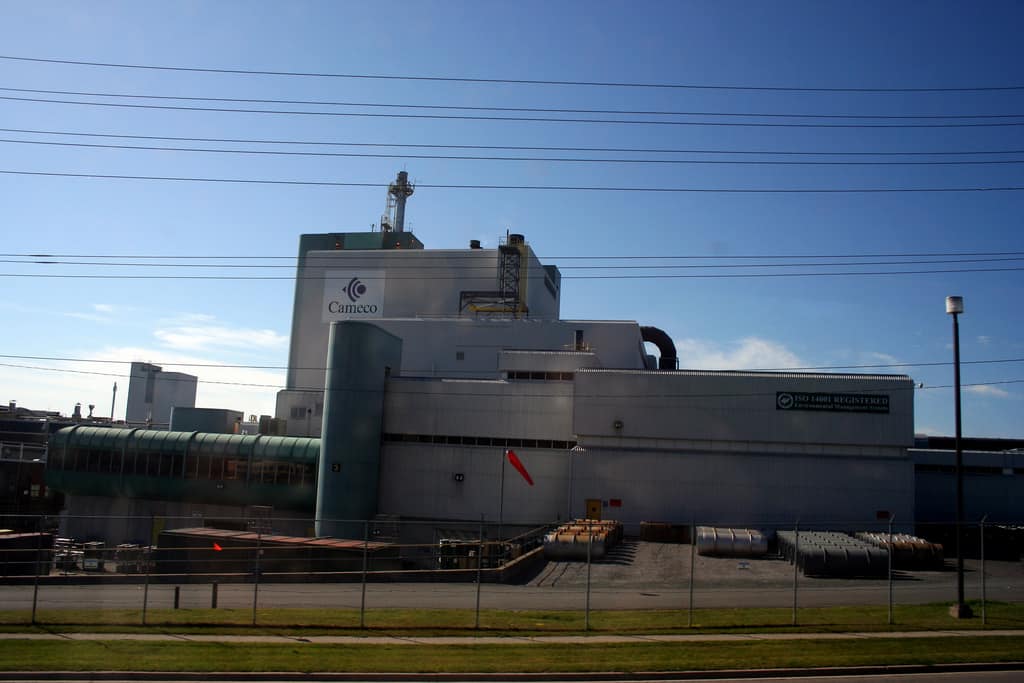After a dismal run through most part of 2017, shares of uranium giant Cameco Corp. (TSX:CCO)(NYSE:CCJ) bounced off lows in November and rallied close to $13.5 before losing some ground again. Yet, the stock is still up 5% since November, indicating that the worst might be over — a sentiment that’s echoing through several analyst firms.
Just days ago, TD Securities raised its rating on Cameco stock to buy from hold and upped its price target to $21 from $14.5, backed by anticipation of a recovery in uranium prices. Could that mean this is your only chance to buy Cameco while it’s still trading cheap under $12?
Why Cameco shares surged after November
Low uranium prices proved to be the biggest hurdle for uranium producers in 2017. Cameco struggled to grow its bottom line — its revenue still grew thanks to deliveries under long-term contracts — when Japan-based Tokyo Electric Power dealt a huge blow to the company by abruptly terminating a uranium supply contract that was to run from 2017 to 2028.
With a major contract now gone and other contracts nearing expiry, Cameco had to pull up its socks and decide its course of action to survive. The company did just that in November, when it temporarily suspended operations at its largest mine, McArthur River/Key Lake in Saskatchewan, and announced a massive 80% dividend cut to prevent further cash burn.
Despite the dividend shock, investors cheered Cameco’s move, hoping that a production cut would ease the supply glut and provide tumbling uranium prices a floor. Soon after, in December, Kazakhstan — the world’s largest uranium supplier — announced its intentions to cut production by 20% over the next three years. It was just what the uranium industry wanted to hear.
What’s next?
TD Securities analyst Greg Barnes believes that supply cuts from the industry’s top suppliers could mean the bottoming of spot uranium prices. Spot uranium prices are, in fact, already started showing some signs of life, gaining nearly 10% between October and December.
More importantly, Barnes believes that the production cuts could encourage nuclear utilities to sign contracts. Investors in uranium may know that the bulk of the uranium produced is supplied to utilities under long-term contracts that can range from anything between three years to 15 years. The contract market has been dry so far, as most utilities have waited for lower uranium prices. Once prices recover, utilities should be back in the game.
Should you buy Cameco now?
Much like TD Securities, I believe the worst is over for the uranium markets. However, the recovery could be painfully slow, and investors in Cameco shouldn’t expect any substantial improvement to its top or bottom lines in the near future.
Cameco is, however, striving hard to cut costs, preserve cash, and maintain its dividend at a sustainable level. If things worsen, Cameco will have enough cash flow to sail through. If things improve, Cameco’s cost control should provide further impetus to growth. Long-term investors can enter Cameco now and enjoy its 3.5% dividend yield while awaiting a recovery. But if you want more from a stock than just bank on its yield, I’d advise you look at other stocks with better visibility into the future instead.
 St. Patrick's Day Sale
St. Patrick's Day Sale







